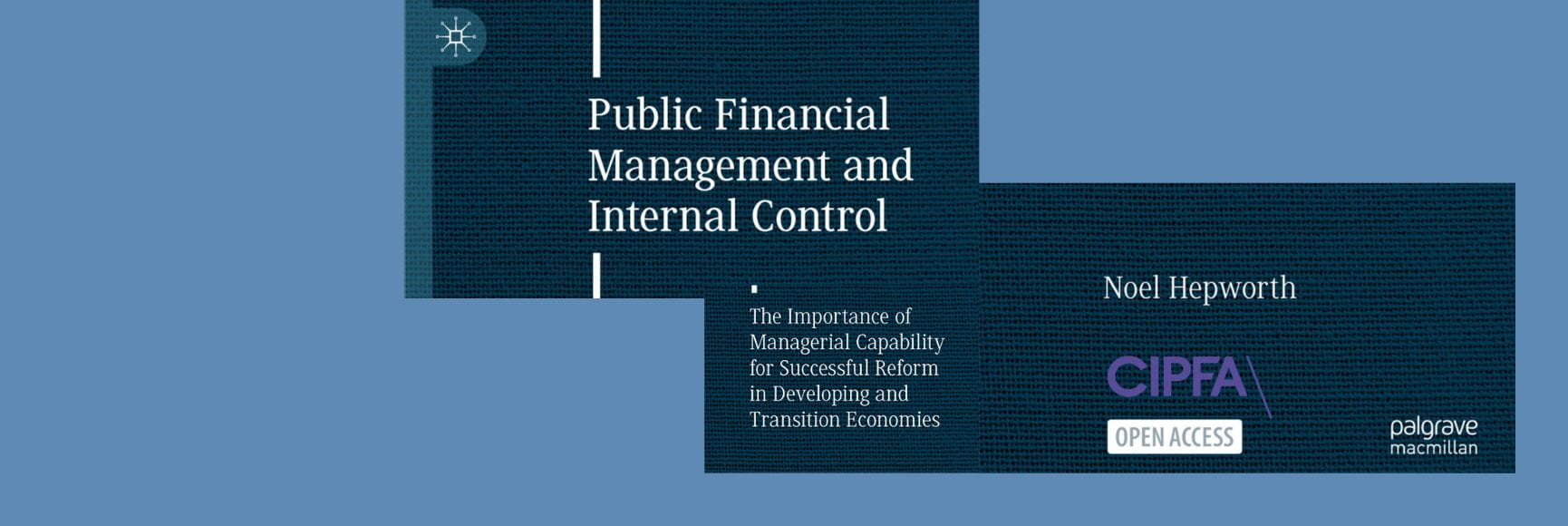Posted by Mark Silins
Where is Dominica?
The Republic of Dominica is a small island economy located in the Eastern Caribbean. It has a population approaching 80,000 people.
Background
In 2010 Dominica undertook its second PEFA exercise. Following on from completing the assessment, the authorities, with the support of the Caribbean Regional Technical Assistance Centre (CARTAC), developed a Public Financial Management Reform Action Plan to prioritise its reform agenda, and to assist in the coordination of support with development partners.
In fact, 15 countries in the Caribbean have undertaken a PEFA (a number twice) and most have also developed a PFM reform action plan.
Dominica stands apart because it has taken ownership of the reforms to the next level. On completing the plan the Financial Secretary wrote to Development Partners seeking their support in implementing the plan. The FS has also regularly reviewed progress against the plan.
What has Dominica Achieved?
In the last 18 months, Dominica has progressed its reform agenda in a number of key areas including:
- Development of a new medium term budget process, with a strengthened focus on fiscal discipline and improved performance reporting. A three year rolling forward estimates process has been implemented, supported by a new policy process (no additional funding without formal approval of a new policy);
- Implementation of a more integrated process for commitment control, cash management and the release of warrants;
- Development of a strategy to reduce the number of bank accounts and to improve the cost of cash management for the government;
- An ongoing strategy to replace cheques with the more efficient and cost effective option of direct credits;
- Redesign of the mechanism for collecting public money, eliminating redundant manual processes both in line ministries and the Accountant General’s Department. This has resulted in Dominica becoming one of the first (if not the first) jurisdiction to bring the daily collections from its two major revenue agencies, Customs and Inland Revenue, to account in the ledger electronically each day;
- Development of an automated bank reconciliation tool. Coupled with the strategy for reducing the dependency on cheques. Dominica is targeting moving to a daily reconciliation process, which in turn will allow the timely production of monthly financial reports, a critical issue for decision making given the current fiscal constraints confronting most countries;
- Improvement in the presentation of the annual financial statements to align better with the requirements of the international public sector accounting standards on a cash basis; and
- Development of a simple cashflow forecasting model.
Many of these initiatives are ongoing. Notwithstanding this, it has been a significant achievement in undertaking reform for such a small economy in a relatively short timeframe. While technical assistance has been a contributing factor, the level of support has not been substantial and the credit must largely be attributed to the commitment and ownership shown by senior officials in the government.
It is particularly worth noting the efforts of the Accountant General’s Department, where much of the reform initiatives have been focused. The Accountant General along with her management team, have led the processes, ensuring staff engagement and understanding throughout. This ambitious programme has created some waves, and has its critics, but to the credit of the team, they have continued to implement the changes despite the detractors.
Note: The posts on the IMF PFM Blog should not be reported as representing the views of the IMF. The views expressed are those of the authors and do not necessarily represent those of the IMF or IMF policy.







